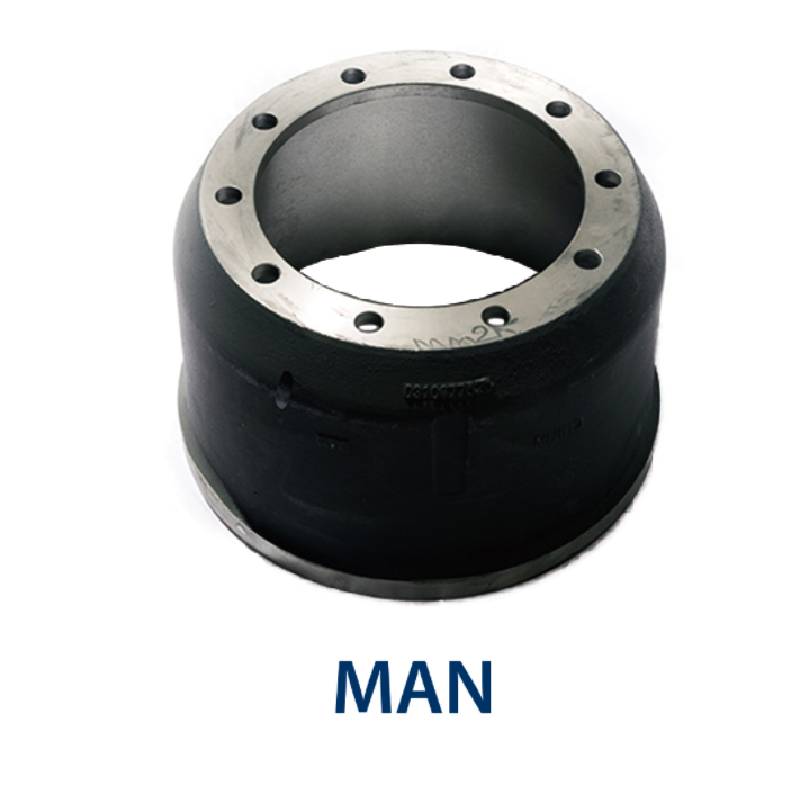Nov . 05, 2024 09:58 Back to list
brake drum wheel cylinder
Understanding Brake Drum, Wheel Cylinder, and Their Importance in Vehicle Safety
When it comes to the braking system of a vehicle, understanding the components involved is crucial for both safety and performance. Two of the most significant components in drum brake systems are the brake drum and the wheel cylinder. Together, they play a vital role in ensuring that your vehicle stops safely and efficiently.
Brake Drum A Key Component
The brake drum is a cylindrical component that rotates with the wheel of the vehicle. Made from cast iron or aluminum, it is designed to withstand high temperatures and friction. When the driver applies the brakes, the brake shoes inside the drum expand against the inner surface of the drum, creating friction that slows the vehicle down. The efficiency of this process is essential for effective stopping power.
A well-maintained brake drum ensures smooth operation. If the brake drum becomes warped or worn out, it can lead to a number of issues such as brake fade, reduced responsiveness, and increased stopping distances. Regular inspection of the brake drum for signs of wear and tear is critical for safe driving. Typically, if a brake drum shows discoloration, cracks, or has been worn down to uneven surfaces, it may need to be resurfaced or replaced.
Wheel Cylinder The Force Multiplier
The wheel cylinder is another essential piece of the drum brake system. It is a hydraulic component that applies pressure to the brake shoes, enabling them to make contact with the brake drum. The wheel cylinder consists of a metal casing with two pistons inside. When the driver presses the brake pedal, brake fluid is pushed through the brake lines into the wheel cylinder, causing the pistons to move outward. This outward movement pushes the brake shoes against the brake drum, creating the necessary friction to stop the vehicle.
brake drum wheel cylinder

The efficiency of the wheel cylinder is vital for optimal braking performance. If the wheel cylinder becomes faulty, it can lead to brake fluid leaks, leading to decreased braking power and increased stopping distances. Additionally, uneven application of force can lead to uneven wear on the brake shoes, compromising overall braking effectiveness. Regular maintenance and timely replacement of wheel cylinders are necessary to avoid such issues.
The Importance of Regular Maintenance
Maintaining the brake drum and wheel cylinder is not only about ensuring the vehicle operates well but is also a matter of safety. As part of regular vehicle maintenance, it is important to inspect the brake system. Mechanics typically recommend having your brakes inspected at least once a year, or more frequently if you notice any signs of trouble, such as unusual noises, a soft brake pedal, or a warning light on your dashboard.
During these inspections, technicians can assess both the brake drum and wheel cylinder for wear and functionality. They will check for physical damage, fluid leaks, and any signs of corrosion. Addressing minor issues before they escalate can save you from costly repairs and ensure that your braking system operates at peak performance.
Conclusion
The brake drum and wheel cylinder are crucial components of a vehicle's braking system. Understanding their function helps highlight the importance of regular maintenance and inspections. Safe driving is heavily reliant on an efficient braking system, so neglecting these components can have serious consequences. By staying informed and proactive about vehicle maintenance, drivers can ensure their vehicles remain safe and reliable on the road. Remember, when it comes to brakes, prevention is always better than cure.
-
Your Brake Drum Man: Premium & Reliable Brake Drums for Sale
NewsAug.18,2025
-
ROR Web Development: Build Fast, Scalable, Secure Apps
NewsAug.17,2025
-
Scania Brake Drums: OEM Quality for Optimal Safety & Durability
NewsAug.16,2025
-
R.V.I: Advanced Remote Visual Inspection for Precision
NewsAug.15,2025
-
Discover HYUNDA: Innovative Vehicles, Equipment & Solutions
NewsAug.14,2025
-
R.V.I: Unlock Advanced Insights & Real-time Performance
NewsAug.13,2025
